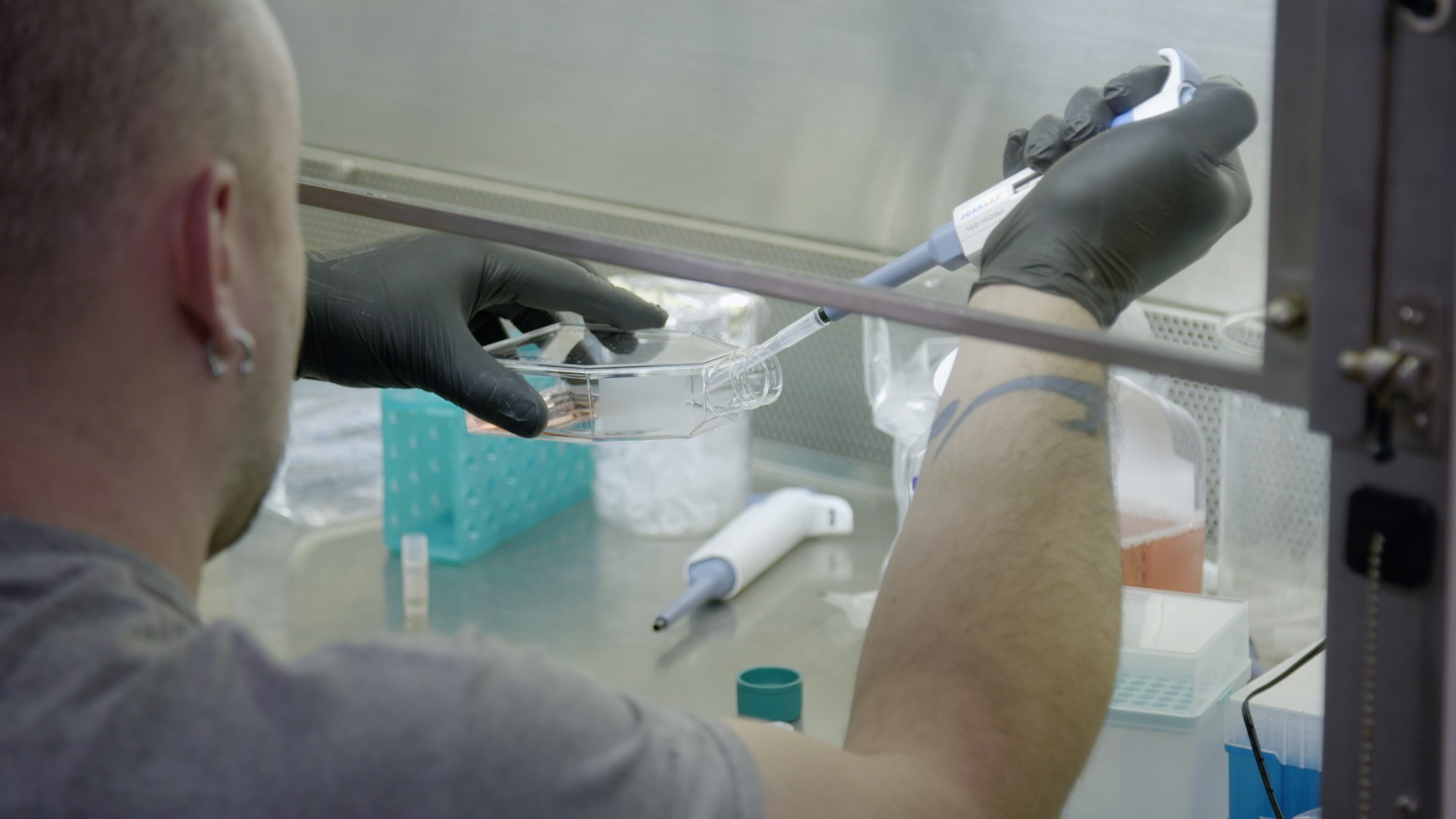An unapproved antidepressant you’ve probably never heard of is poisoning people who may be taking the drug for its opioid-like effects, according to U.S. health authorities.
Overexposure to the drug, tianeptine — which is used as an antidepressant in Europe, Asia, and Latin America but has not yet been approved by the FDA — spurred 207 recorded calls to poison control centers from 2014 to 2017, according to a report from the U.S. Centers for Disease Control and Prevention (CDC) issued Friday. That’s up from just 11 tianeptine exposure calls in the U.S. from 2000 to 2013.The uptick has caused the CDC to warn of tianeptine as an emerging public health risk, and lawmakers are now taking action to outlaw the drug. The number of calls, however, is much lower than other unapproved substances. For example, kratom, an unregulated herbal supplement that some take as an alternative to opioid drugs, resulted in 660 National Poison Data System reports from 2010 to 2015.
Healthcare providers reported that some people taking too much tianeptine had neurologic, cardiovascular, and gastrointestinal problems, while others reported effects similar to those seen from opioid abuse and withdrawal, according to the CDC.
Researchers tied the upswing in calls to a 2014 study in animals and humans that showed the drug works on the same receptors in the brain as opioids. Altogether, 83 of the 218 calls recorded from 2000 to 2017 involved people who used tianeptine in combination with other substances, most commonly with an unapproved drug called phenibut, an anxiety drug developed in Russia that has developed its own following on social media. Some people even consider it a “happy drug,” according to Men’s Health.Even on its own, tianeptine can be attractive to some. “Several online discussion forums among users describe the euphoregenic effects,” the authors of the CDC report wrote.Tianeptine is marketed in other countries under the brand names Coaxil and Stablon. Nationwide, health care providers and tianeptine users made 81 calls regarding exposure in 2017 alone. “Although tianeptine is not FDA approved in the United States, it is readily available for purchase online as a dietary supplement or research chemical,” the CDC report stated.As the U.S. cracks down on illicit opioid use, people might be prompted to search for new, dangerous drugs, according to a paper officials for the U.S. Food and Drug Administration (FDA) published in the New England Journal of Medicine last month.
“We are also seeing a shift away from the use of prescription opioids toward plant materials containing unrecognized opioids or to OTC products with potentially lethal opioid effects,” the FDA officials wrote.In fact, Michigan moved to ban tianeptine in April. Gov. Rick Snyder signed a measure to classify the drug as a Schedule II substance, drugs with a high potential for addiction and psychological effects, the Detroit Free Press reported. In written testimony submitted to Michigan’s Senate Judiciary Committee in February, one former tianeptine user said “I am convinced ‘T’ is the next epidemic.”A Schedule II classification would put tianeptine on par with fentanyl and cocaine, which cause thousands of deaths and overdoses in the U.S. each year.After Snyder passed the bill, investigators in Roseau, Minnesota took two people accused of making meth and bombs in their home to the hospital after worries they would suffer withdrawal from injecting tianeptine, according to the Grand Forks Herald. And two people in Texas apparently died after recreationally using the drug, according to a paper published in the Journal of Analytical Toxicology in March.Cover image: In this photo taken on June 9, 2009, Poison Information provider Charlene Doss answers a call at the California Poison Control Center in San Francisco. (AP Photo/Jeff Chiu)
Advertisement
Advertisement
